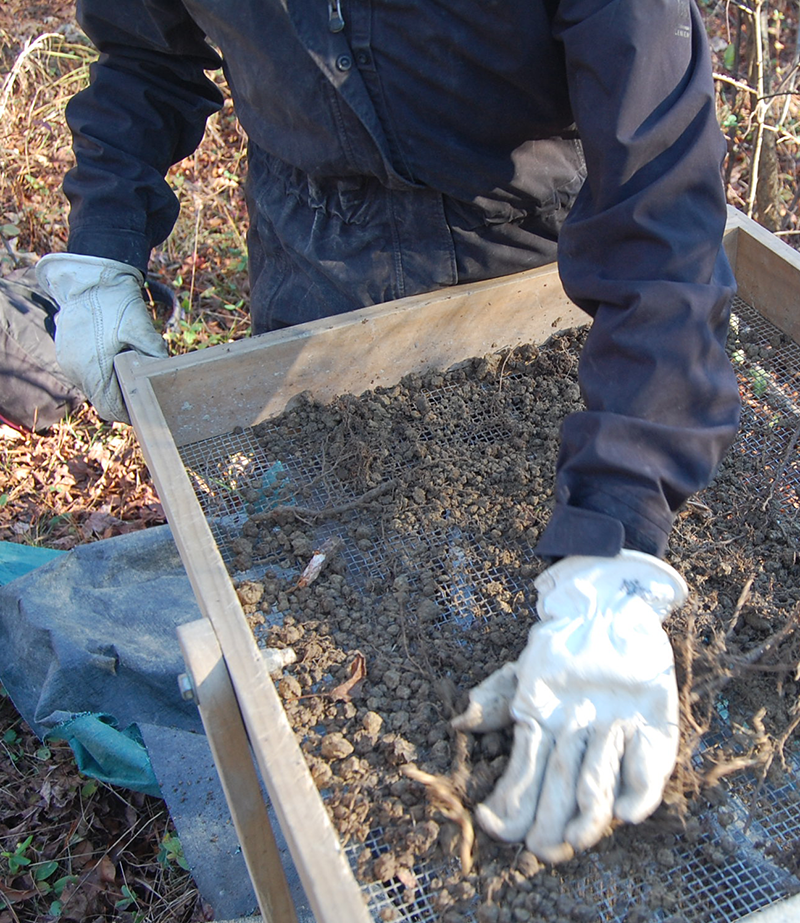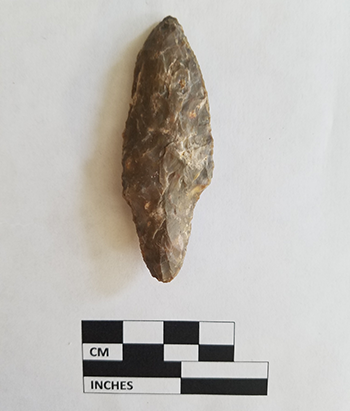
Cultural Resources
Marstel-Day provides the full range of cultural resources services across the United States. Our staff have successfully completed over 400 archaeology tasks, including Phase I, II and III excavations; background research; report preparation; artifact analysis; and curation preparation. In addition, we have conducted over 500 architectural history surveys, including determinations of eligibility and historic landscape surveys. We have completed numerous state historic preservation office (SHPO) and tribal consultations, as well as supported our clients with programmatic agreements and memoranda of understanding. All our key staff meet the Secretary of the Interior's Professional Qualifications in their field, Archaeology, Architectural history, and History.
Our Team
Capabilities/Services
- Historic landscape surveys
- Integrated Cultural Resource Management Plans (ICRMPs)
- Phase I, II, III/Class III archaeology surveys
- Determinations of Eligibility
- Archaeological Predictive Models
- Archaeological Site Protection Plans
- Architectural History Surveys
- National Register of Historic Places Nominations
- National Historic Landmark Applications
- NEPA support
- Section 106 Consultation
- Memorandum of Agreements and Programmatic Agreements
- Repair and Maintenance guidelines for historic buildings
- Support to federal service headquarters for data collection and reporting
- Preparation and fabrication of outdoor interpretive signs signage
- Production of historical booklets, pamphlets, and calendars
- Inadvertent Discovery Plans
- Viewshed analysis
- Preservation plans
- Design guidelines

Related Projects
- Archaeological and Historic Property Evaluations, Livermore Medical Campus, Department of Veterans Affairs, California
- Phase I Archaeological Work at Southern Colorado National Cemetery, Department of Veterans Affairs, Colorado
- Archaeological Assessment and Predictive Model, City of Fredericksburg, Virginia
- Atkisson Dam Environmental Surveys (Archaeology and Architectural History), U.S. Army Corps of Engineers, Baltimore District, Maryland
- Vandenburg Air Force Base Cultural Resource Support, General Services Administration/US Air Force, California
- Integrated Cultural Resource Management Plan, Naval Support Facility (NSF) Thurmont, Naval Facilities Engineering Systems Command (NAVFAC) Washington, Maryland
- Geographic Information System (GIS) Archaeology for Naval Support Activity (NSA) Bethesda and NSF Dahlgren, NAVFAC Washington, Maryland and Virginia
- Phase I Archaeological Survey at NSF Dahlgren, Virginia
- Phase I and II Archaeology at NSF Indian Head, NAVFAC Washington, Maryland
- Architectural Surveys of U.S. Army Reserve Centers, U.S. Army Corps of Engineers, Baltimore District, Maryland
- Determination of Eligibilities and Cold War Historic Context for U.S. Army Garrison Adelphi Laboratory Center, Adelphi, Maryland, U.S. Army Corps of Engineers, Baltimore District, Maryland
- Asian-American Pacific-Islander National Historic Landmark Theme Study Registration Requirements, National Conference of State Historic Preservation Officers and National Park Service
- United States Naval Observatory Historic Landscape Study, NAVFAC Washington, Washington, D.C.
- Architectural Surveys, Town of Bel Air, Maryland
- Determination of Eligibilities and Section 106 Consultations, Federal Emergency Management Agency (FEMA), Alabama, North Carolina, and South Carolina

Solutions & Innovations
For all our archaeology projects, we examine the topography, site histories, and built areas before we begin fieldwork to eliminate acreage that is disturbed or built land, saving time and money for our clients.
We know SHPO concurrence is critical for federal projects to move forward; we work closely with each client and know the SHPO requirements to make sure our client is on the path to concurrence.
Using GIS and researching technical reports we have prepared innovative archaeology data gap maps so our clients can quickly identify areas where surveys have been completed; where soils are disturbed; and where archaeological sites are located. This helps speed the process for construction location decisions.
We work with clients to develop the most cost-effective and efficient methods of identification and evaluation of cultural resources to meet SHPO requirements. We have a thorough understanding of Cultural Resources laws and regulations that affect local, state, and federal agencies.


